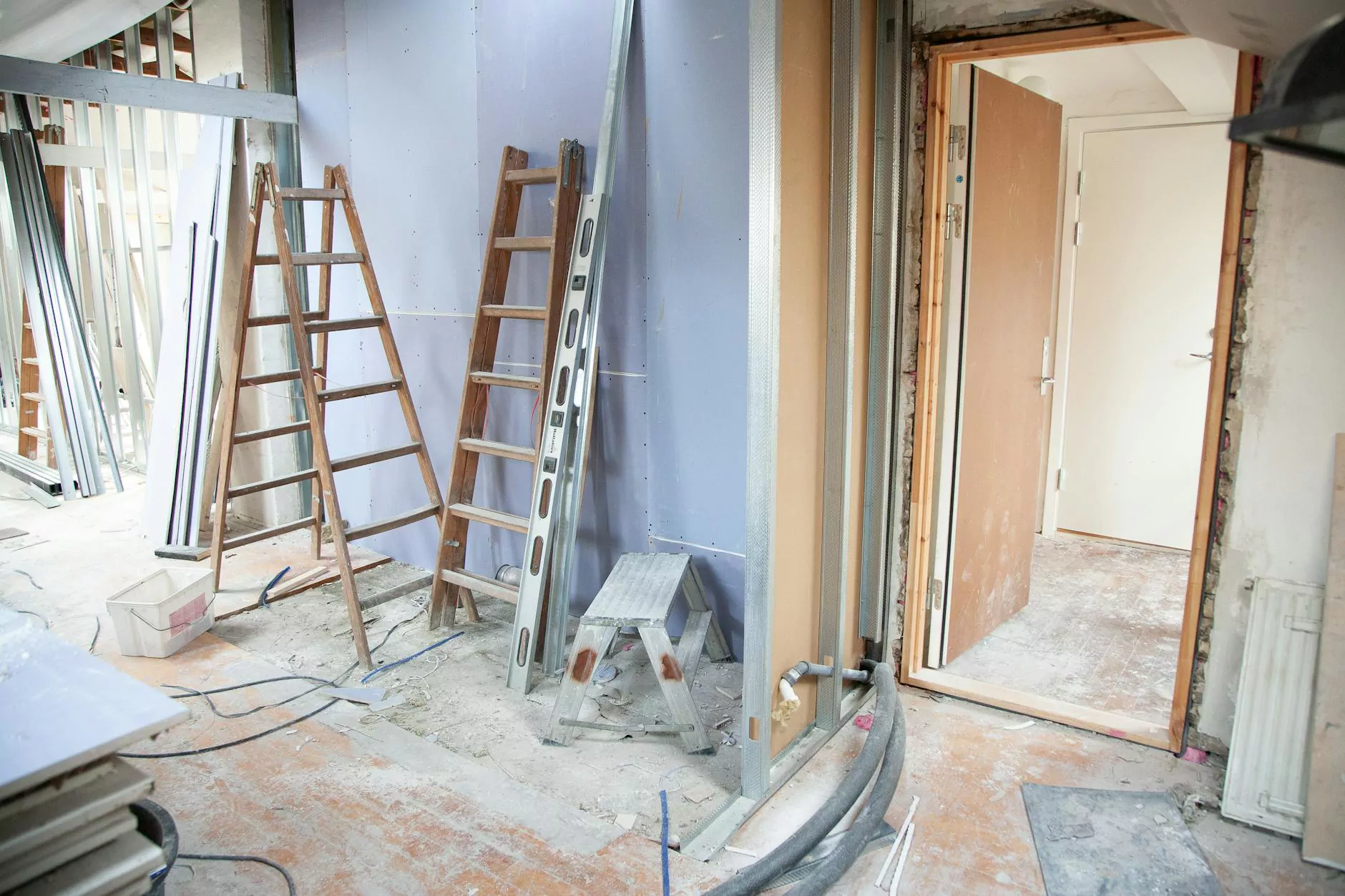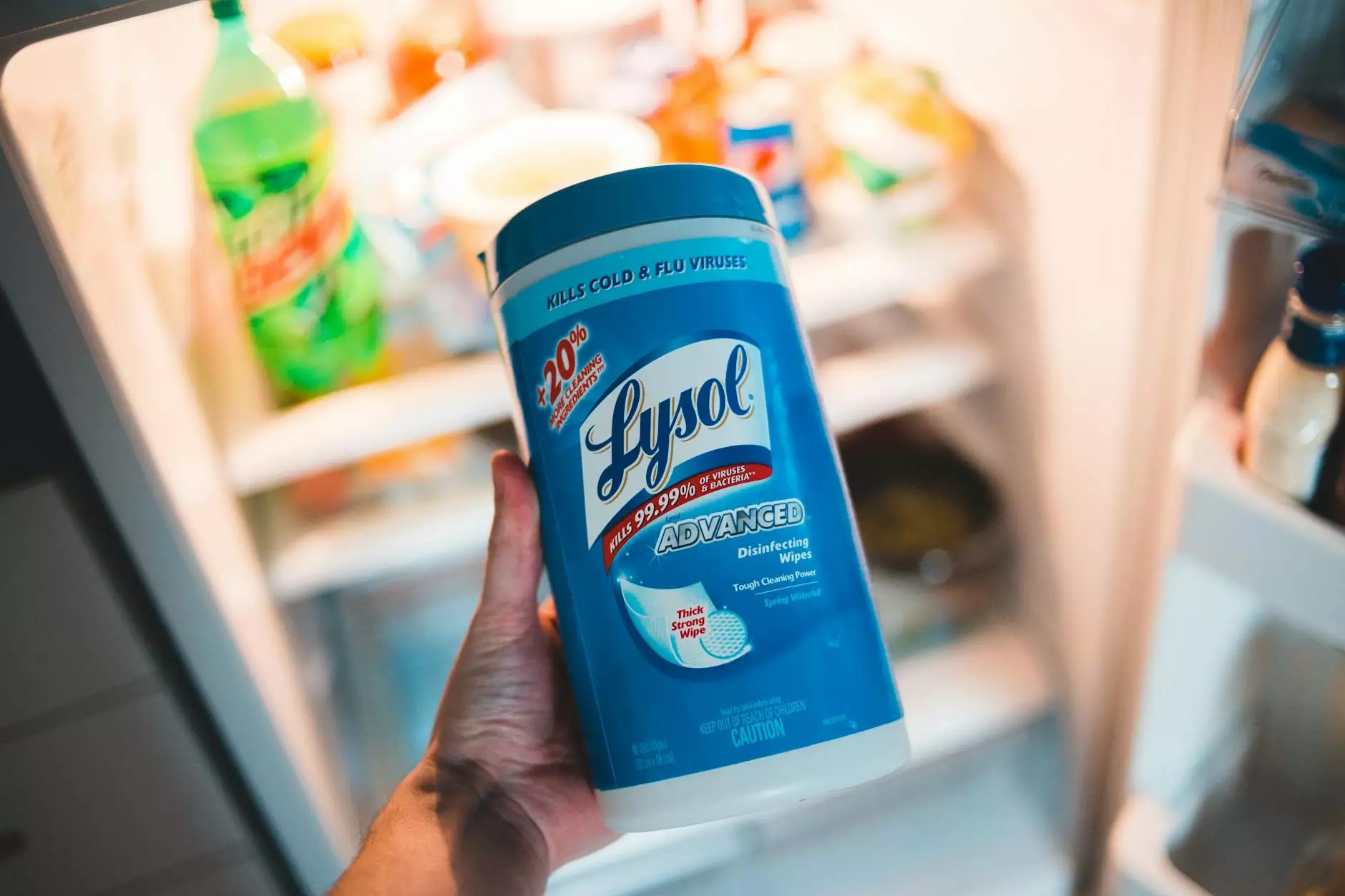Understanding Rectal Endometriosis

Rectal endometriosis is a condition that affects many women, leading to significant discomfort and health challenges. As a specialized area within gynecology, it is essential to understand what rectal endometriosis entails, its symptoms, diagnosis, and the available treatment options. Under the expert guidance of healthcare providers like Dr. Seckin, those affected can find hope and healing.
What is Rectal Endometriosis?
Rectal endometriosis is a form of endometriosis where endometrial-like tissue grows on or near the rectum. This condition can lead to painful symptoms and other complications, making it crucial for women experiencing symptoms to seek medical evaluation and care.
Error! Reference source not found.v The Symptoms of Rectal Endometriosis
Recognizing the symptoms of rectal endometriosis is vital for early diagnosis and treatment. Common symptoms may include:
- Pain during bowel movements: Women may experience sharp or severe pain while using the restroom.
- Chronic pelvic pain: A continuous dull or sharp pain in the pelvic region is common.
- Menstrual irregularities: Heavy or irregular bleeding can occur alongside the pain.
- Gastrointestinal symptoms: These may include diarrhea, constipation, and bloating, particularly during menstruation.
- Infertility: Many women with endometriosis, including rectal, face challenges in conceiving.
Why Does Rectal Endometriosis Occur?
The precise cause of rectal endometriosis is still not completely understood. However, several theories suggest potential origins:
- Retrograde menstruation: This theory posits that menstrual blood flows backward through the fallopian tubes into the pelvic cavity instead of exiting the body.
- Embryonic cell transformation: Some theorize that hormones such as estrogen can transform embryonic cells into endometrial-like cell implants during puberty.
- Immune system disorders: A compromised immune system may fail to recognize endometrial-like tissue growing outside the uterus.
Diagnosis of Rectal Endometriosis
Diagnosing rectal endometriosis involves a combination of health history, physical examinations, and imaging tests. Some common diagnostics include:
- Pelvic examination: A healthcare professional may perform a pelvic exam to detect abnormalities.
- Ultrasound: Imaging tests such as transvaginal or abdominal ultrasound can help visualize cysts or lesions.
- Magnetic Resonance Imaging (MRI): An MRI may provide detailed images of the pelvic organs and help identify the extent of endometriosis.
- Laparoscopy: This surgical procedure allows doctors to view the inside of the abdomen and confirm endometriosis through biopsy.
Treatment Options for Rectal Endometriosis
Treating rectal endometriosis requires a comprehensive approach tailored to the individual's needs. Treatment options include:
Medications
Initial treatment often begins with medications to manage symptoms:
- NSAIDs: Nonsteroidal anti-inflammatory drugs can help reduce pain and discomfort.
- Hormonal therapies: Hormonal treatments such as birth control pills, gonadotropin-releasing hormone (GnRH) agonists, and progestins can help reduce or eliminate menstruation, thus alleviating pain over time.
Surgical Options
If symptoms persist despite medication, surgical intervention may be necessary. Common surgical options include:
- Excision surgery: The removal of endometriosis lesions from the rectal area is often performed to relieve obstruction and pain.
- Colectomy: In more severe cases, a partial or total colectomy may be required to remove affected sections of the intestine.
- Hysterectomy: For women who have finished childbearing, a hysterectomy may be considered if other treatments are ineffective.
The Importance of Specialized Care
Finding a healthcare provider who specializes in rectal endometriosis is essential for effective treatment. Dr. Seckin is a renowned expert in the field of obstetrics and gynecology, dedicated to providing the highest level of care for women dealing with endometriosis. His approach includes:
- Comprehensive evaluations: Understanding the patient's complete medical history and current health status.
- Personalized treatment plans: Customizing treatment options based on the severity and individual circumstances of each patient.
- Ongoing support: Providing continuous care and support throughout the treatment process.
Living with Rectal Endometriosis
Living with rectal endometriosis can be challenging, but there are strategies and lifestyle changes that can help manage symptoms:
- Dietary changes: A balanced diet rich in fruits, vegetables, and whole grains while avoiding processed foods can help reduce symptoms.
- Regular exercise: Physical activity can also aid in managing pain and enhancing overall well-being.
- Stress management: Techniques such as yoga, meditation, and counseling may prove beneficial in handling the emotional toll of the condition.
Conclusion: Embracing Solutions and Seeking Support
Rectal endometriosis is a complex condition that requires understanding, compassion, and specialized care. Dr. Seckin and his team at drseckin.com commit to providing personalized, high-quality health services for women suffering from this condition. If you are experiencing symptoms related to rectal endometriosis, do not hesitate to seek professional guidance and support. Knowledge, as well as timely action, can lead to improved health and a better quality of life.
Remember, you are not alone in this journey. There is hope, and effective treatments are available!









